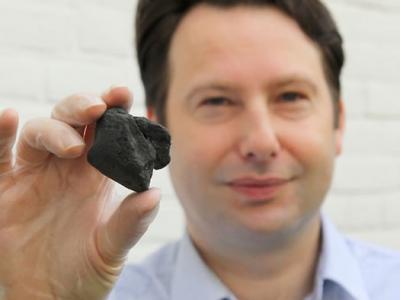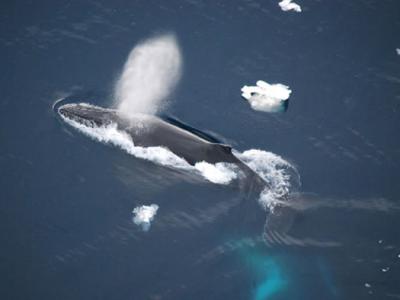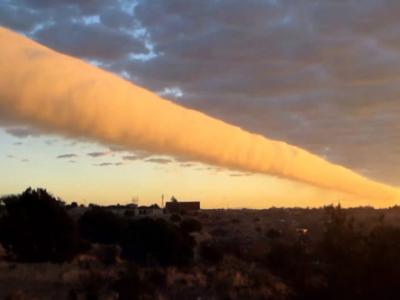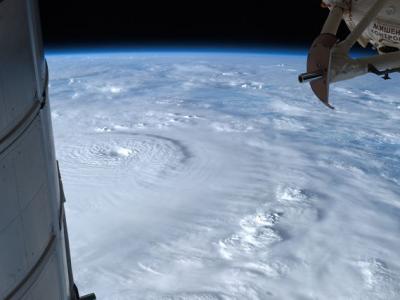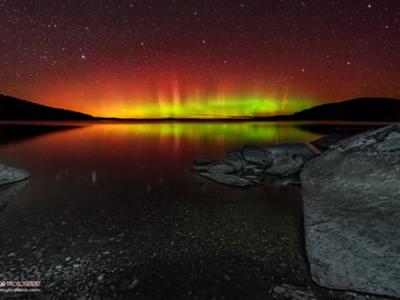More Women Give Hunting a Shot
In recent years, American women are spending more time in tree stands and deer blinds—and putting fresh meat on the table. Although men still account for the majority of the 13.7 million U.S. hunters, the number of women actively hunting is on the rise.
The total number of women hunters surged by 25 percent between 2006 and 2011, after holding steady for a decade, according to Census Bureau statistics. At last count, 11 percent of all U.S. hunters were women, compared to 9 percent in 2006.
Many state departments of natural resources have begun hosting Becoming an Outdoors-Woman (BOW) workshops that offer instruction in skills such as archery, shotgun, and rifle shooting.
"There is definitely a high demand. We have over 3,000 women on our mailing list, and workshops fill up quickly," says Patricia Handy, Information & Education Program Manager at the Department of Natural Resources in Maryland.
Retailers have taken notice, too. Companies like SHE Outdoor Apparel, Cabela's, and Próis are outfitting women hunters with clothing and accessories created for the female body, and archery manufacturers like Mathews Inc. are designing lighter bows scaled for shorter arm spans.
"Across the board, women are more independent than they've ever been, and they realize they are capable of hunting," says Brenda Valentine, national spokesperson for the National Wild Turkey Federation and the self-proclaimed "First Lady of Hunting."
The Next Food Frontier?
Gender roles in America have changed in many ways through time, but women still dominate household food and nutrition decisions. The Bureau of Labor Statistics' 2012 American Time Use survey found that nearly two-thirds of women are involved in daily household food preparation and cleanup, compared to 39 percent of men—and women spend triple the amount of time on such tasks in an average day.
Women are also leading a surge of support for sustainable food and agriculture initiatives like CSAs and farmers markets. One of the main ideas of such initiatives is eating locally, generally meaning foods produced within your state or about 100 miles of your home. This not only supports the local economy and environment, it also means the food often tastes better because it can be harvested and sold at its peak rather than spending days in transport.
But in many parts of the country, local meat can be difficult to find. Most of the available meat at U.S. grocery stores comes from one of the large-scale commercial farms, often called factory farms, concentrated in a few regions.
Hunting offers an alternative to the grocery store that lets women provide truly free-range and organic meat for their families while also helping create a more sustainable food system, says Lily Raff McCaulou, author of Call of the Mild: Learning to Hunt My Own Dinner.
"Hunting may be the next frontier for local food," says McCaulou, who lives in Oregon. She regularly hunts deer and elk, and recently added grouse and duck to her repertoire.
"I was pretty detached from what I ate before I started hunting. Since I've started hunting, I've changed my relationship with the meat that I eat, and I eat a lot less meat than I did before. Hunting's a way to reclaim some closeness to the food chain."
It can make chefs more thoughtful, too, says Georgia Pellegrini, author of the book Girl Hunter.
"Hunting made me realize that there's a lot that has to happen before that piece of meat gets to your plate," says Pellegrini. "As a chef, I wanted to participate in that process because it makes the experience more meaningful. You think about the ingredients differently, you think about the experience of eating it differently, and you have more control over how the animal was treated."
Making Connections
Many hunters—both men and women—say their hobby is not just about food. It also creates a sense of intimacy and respect for both the animals and their habitats.
Writer Tovar Cerulli was a longtime vegetarian when he took up hunting, deciding that eating "the ultimate free-range meat" was an ethical and sustainable choice.
"Hunting also allowed me to gain a deeper understanding of the place I lived," says Cerulli, author of the book A Mindful Carnivore. He argues that in a regulated, well-managed system, "there is nothing inherently ecologically damaging about hunting." It can actually benefit the animals by preventing overpopulation, which can lead to starvation during winter months.
Hunters are also quick to note that funds from purchases of licenses, equipment, and ammunition go to support conservation efforts for a variety of species. According to the U.S. Fish and Wildlife Service, every year nearly $200 million is distributed from the federal taxes associated with hunting to support wildlife management programs, the purchase of lands for habitat conservation, and hunter education and safety classes.
There's another factor, too: fun. Hunting is a way for women to be outdoors and enjoy nature while spending time with husbands and children who hunt.
"Women are realizing how much fun hunting is and how close it can actually bring them in their relationships with their families," says Tiffany Lakosky, co-host of the Outdoor Channel hunting show Crush with Lee and Tiffany and a top bowhunter. "The whole concept is that I am shooting my family's dinner tonight and we're eating something I shot. I would say probably 90 percent of the meat we eat, we hunted."
While shooting the family dinner isn't a realistic option for everyone, especially in urban areas, Lakosky says she hopes even non-hunters will start giving more thought to where their food comes from.
"We are all part of the food chain. There is a balance in nature," she says. "People go to the supermarket and they think that somebody's growing a TV dinner somewhere to feed them. They are just not connected to it like people were 100 years ago."
Kristen A. Schmitt
for National Geographic
Published November 3, 2013



